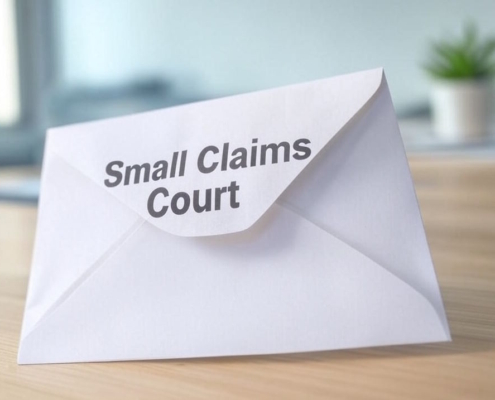What Does Treble Damages Mean?
When a plaintiff wins a case, they might be awarded treble damages, which is three times the amount of real or compensatory damages.
To illustrate the point, the False Claims Act permits the United States government to get treble damages from defense contractors that willfully make fraudulent claims in an effort to steal money from the government.
Important Points
- The purpose of treble damages is to compensate the wronged person more than with standard punitive penalties
- In contrast to regular punitive penalties, the maximum amount for treble damages is three times the compensatory amount.
- The purpose of treble damages is to discourage repeat offenders.
- Their use is common in cases of flagrant disobedience to federal or state statutes.
Making Sense of Treble Damages
In civil court situations, it is possible to get treble damages. The defendant who loses in court must pay these sums to the plaintiff who wins. There is a wide variety of civil damages, including compensatory, punitive, general, and a mix of these. Treble damages can be awarded for cases of patent infringement, intentional trademark counterfeiting, and antitrust offenses according to existing statutes.
In situations involving personal injuries, the plaintiff may be eligible for treble damages if the legislation in question permits it, if the plaintiff so desires, and if the defendant acted with the intent to cause the plaintiff harm. The purpose of treble damages, which are three times the amount of compensatory damages, is to punish the offender and discourage similar actions.
Due to the fact that they are based on real damages, treble damages do not triple the worth of other damages. Money from actual damages should only be used to replace what has been lost. Because they do not reflect a monetary cost, general compensatory damages are more complicated when granted.
In civil cases, courts can award both compensatory (actual) damages and general damages, which are monetary sums. While compensatory damages are common, general damages are more challenging to get. Examples of general damages include bodily discomfort, emotional distress, and other similar experiences.
Putting Treble Damages in Context
In the same way that treble damages go beyond just paying the wronged party, punitive damages aim to penalize offenders whose actions are deemed intentionally or severely negligent. When a court finds an especially egregious wrongdoing, it may decide to impose punitive penalties. Because their purpose is to serve as a model for non-compliance in the future, they are also known as exemplary damages.
Excessive punitive damages or those imposed without adequate procedural safeguards are unconstitutional, according to the Supreme Court’s ruling. On the other hand, the methods for determining punitive damages are largely up to the states.
While there is no hard cap, the standard practice is for punitive damages to be no more than four times compensatory damages. If a legislation expressly forbids treble damages, then they cannot be granted.
Financial recompense owed to an injured party is also known as liquidated damages. One key difference is that contracts usually spell out specific punishments for certain offenses.
It is deemed “double dipping” by most courts to impose punitive damages in addition to treble damages, hence they seldom do both.
An Illustration of Treble Damages
In 1991, in reaction to telemarketing concerns, the United States created the Telecommunications Consumer Protection Act (TCPA). Businesses that engage in telemarketing must adhere to the rules laid down by the legislation, which also tightens regulations on the use of A.I. and mandates the upkeep of do-not-call lists.
Violators are subject to the penalties outlined in the TCPA. A subscriber, for instance, has the option to sue for $500 per violation, demand damages, get an injunction, or pursue both. Subscribers have the right to treble damages in the event of a deliberate breach of the TCPA.






























